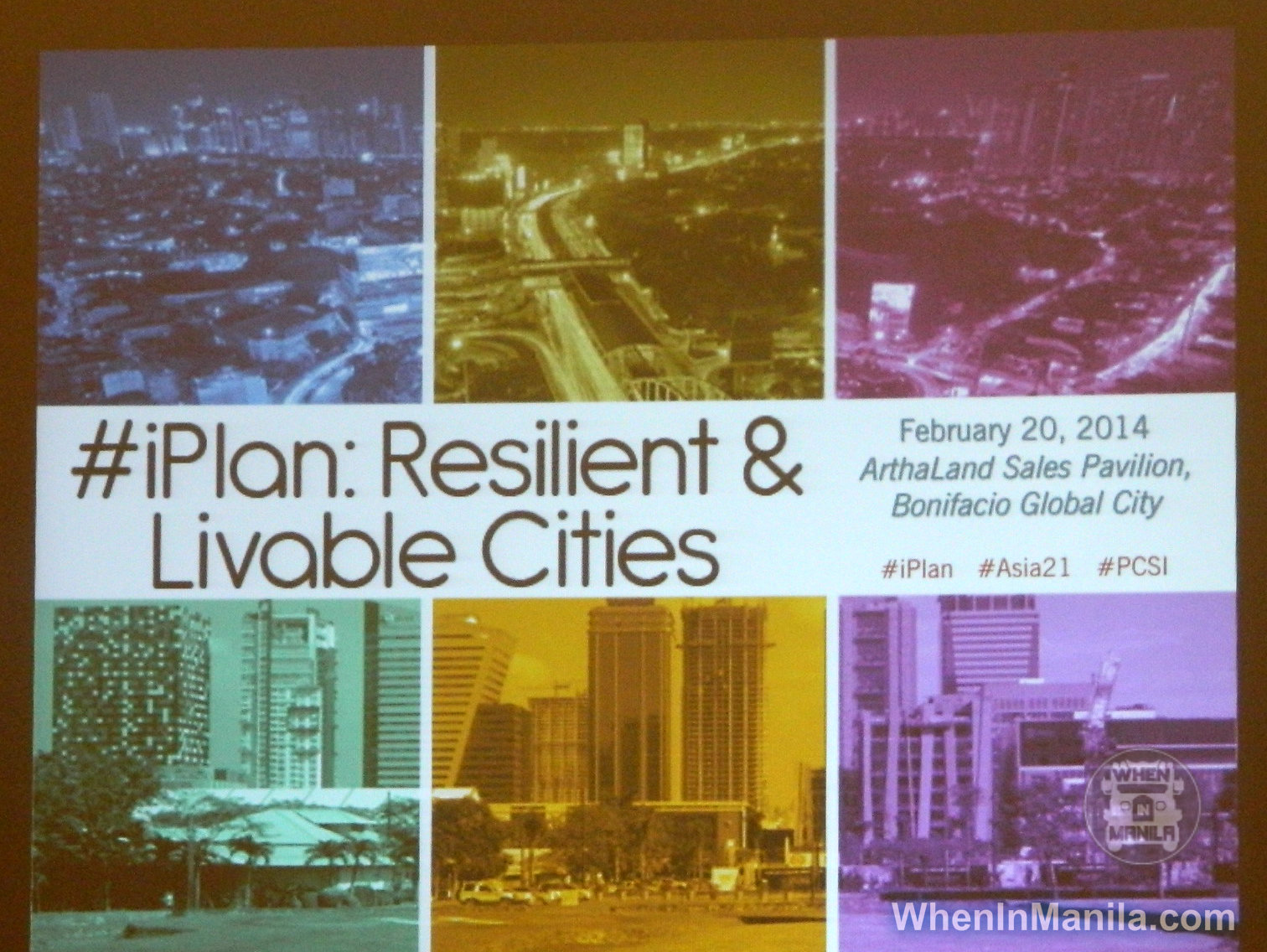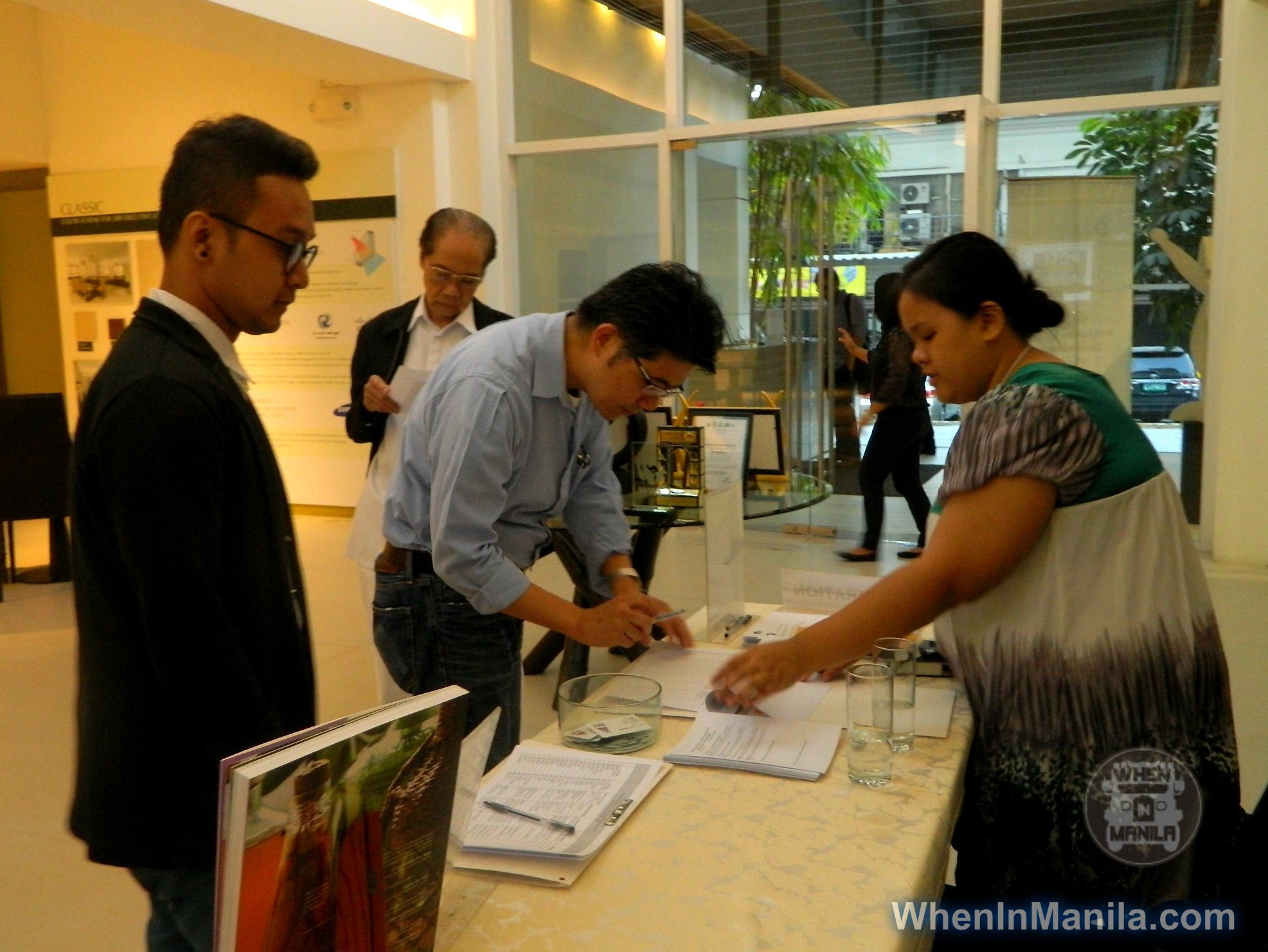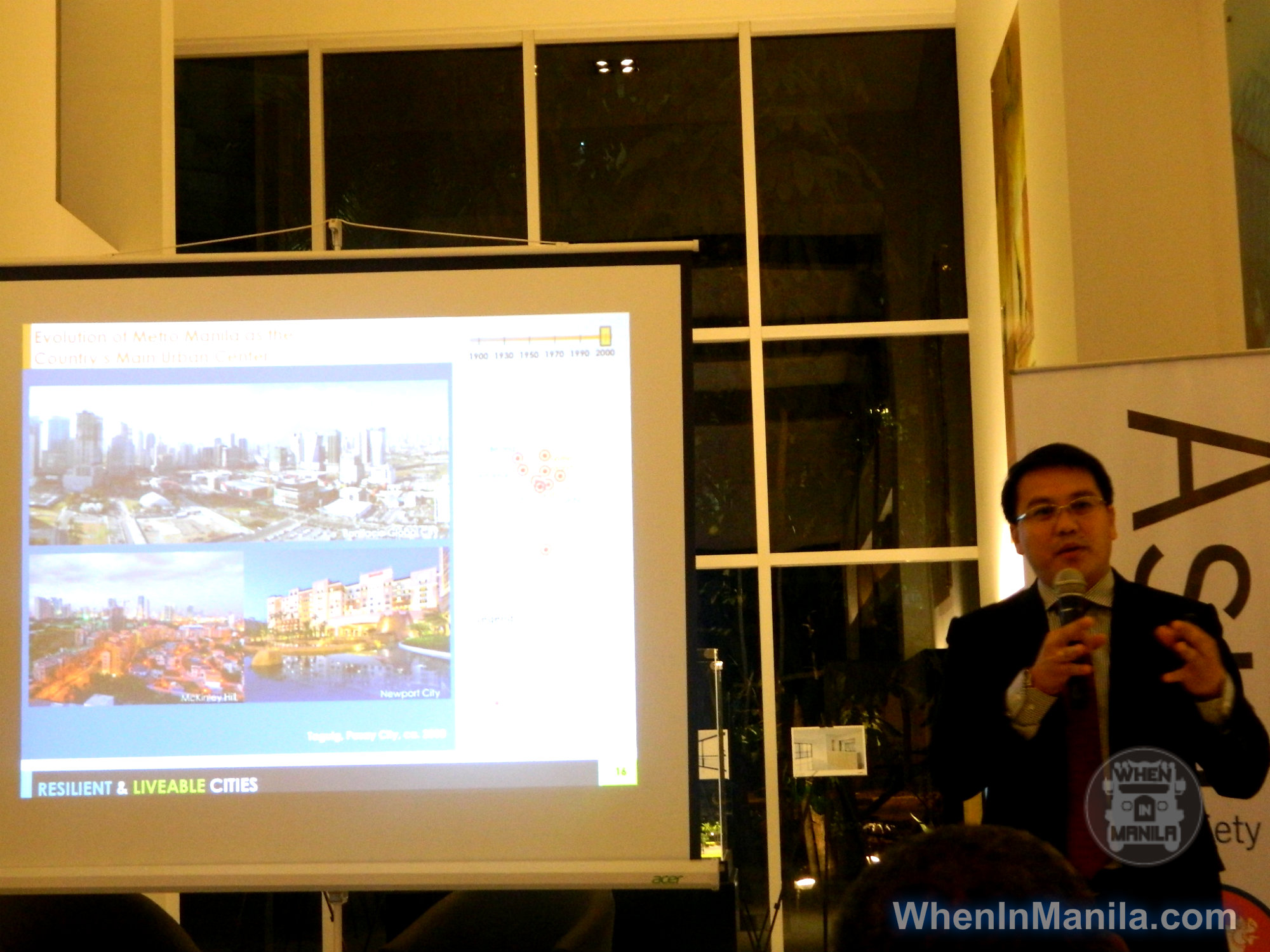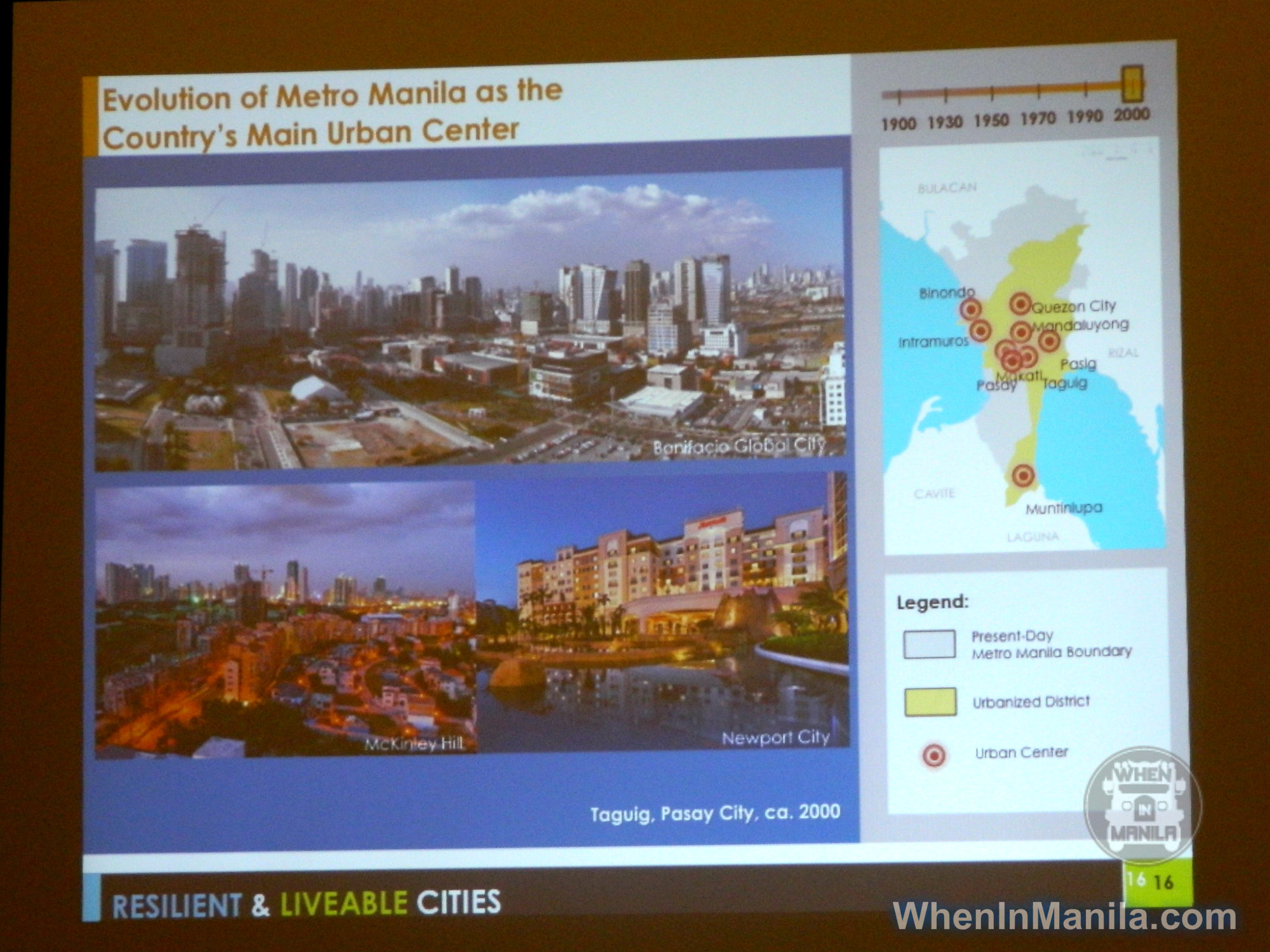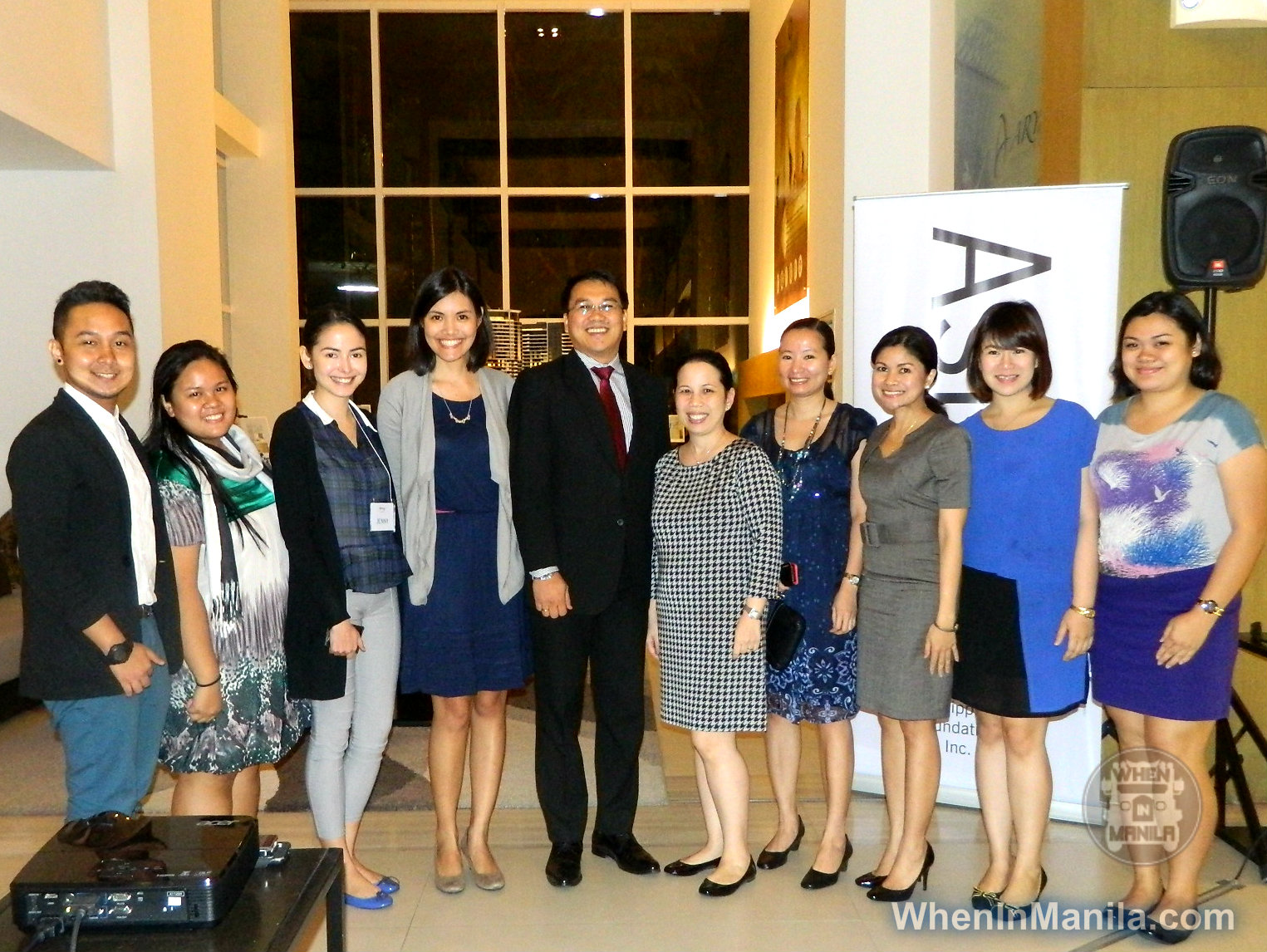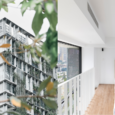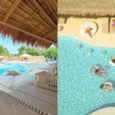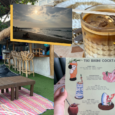#iPlan: Resilient & Livable Cities by Asia 21 Society
When in Manila, there are 11.86 million people. (NSO 2010)
That includes the entire National Capital Region (NCR) alone. And the census of NSO says that from year 2000-2010 we had a growth range of 1.90 % annually. Which means 2 people is added with every 100 Filipinos in a year.
Not to mention, Filipinos from the neighboring provinces and cities come in daily to find work here and relocate. Some even stay permanently.
Government solution: Create more Resilient and Livable Cities to lessen the density of the population living in Manila.
Signing up are bloggers including WhenInManila.com, Asia 21 members, Government Leaders, Real Estate Business Men, Local Residents, BCDA and readers like you. Continue to read on how we can support the cause. #iplan: Creating more Resilient and Livable Cities which can manage the density of the population living in Manila.
Will that be possible? and has it already happened?
Yes. We can see all this through the evolution of Manila alone. Urban Planning has already been president as early as the 1950s. Speaker of the said forum is no other than Mr. Arnel D. Casanova, President and CEO of BCDA. Following some photos of his slides during the presentation are a few of the photos for Metro Manila’s evolution through the yearst. From the year 1950 to the present.
Photo Documentation: Evolution of Manila
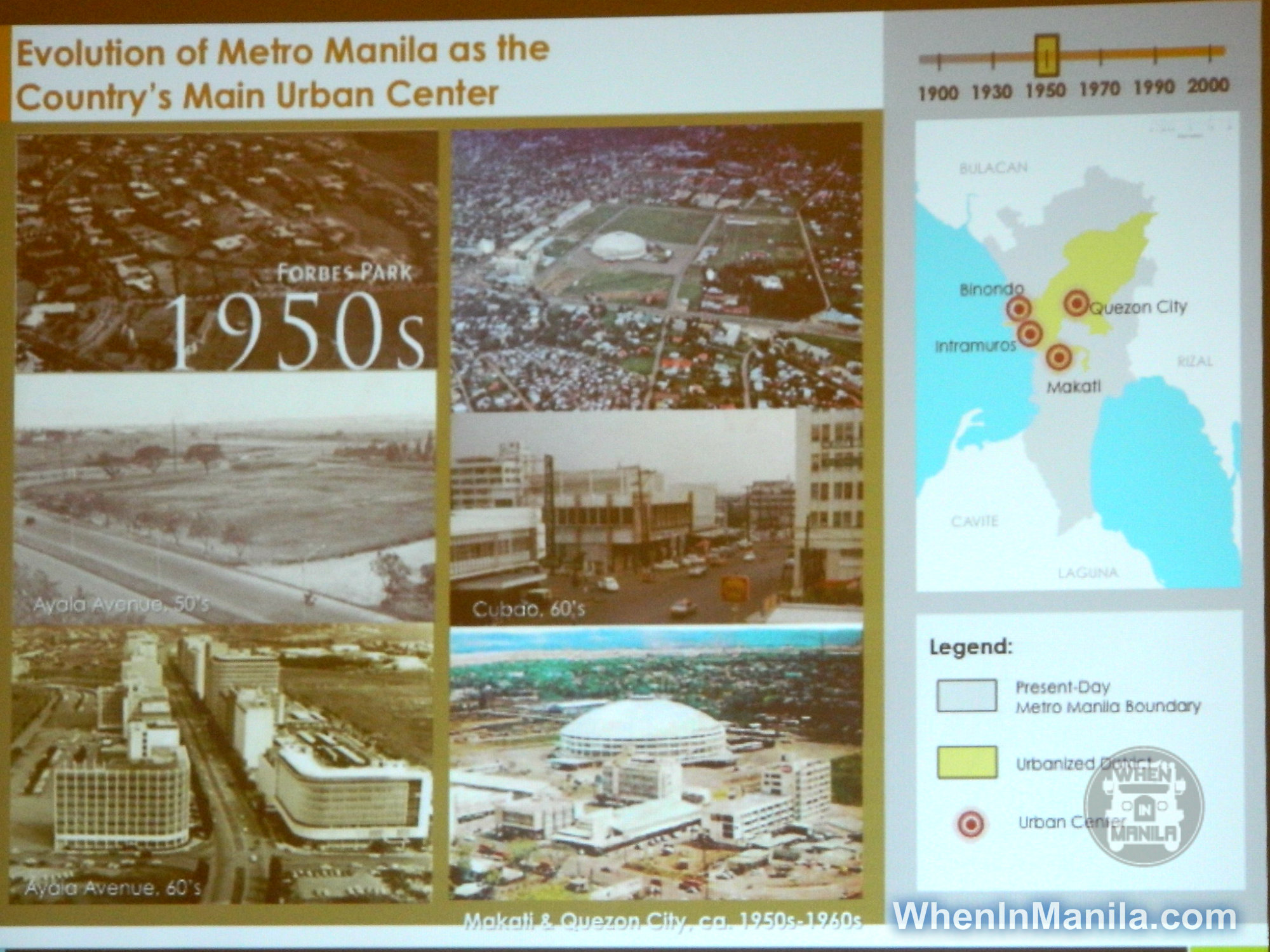
Makati and Quezon City 1950s
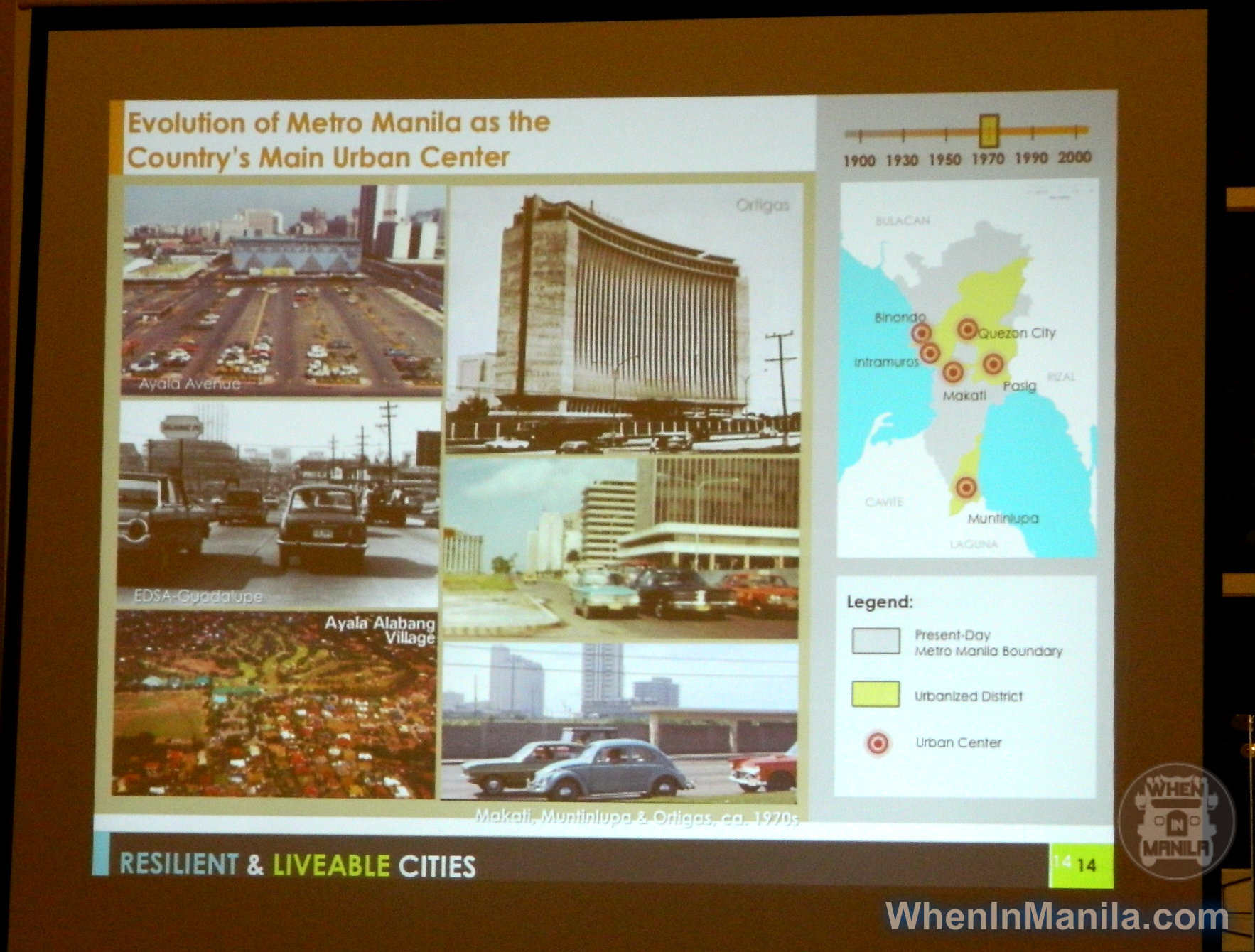
Makati, Muntinlupa and Ortigas 1970s
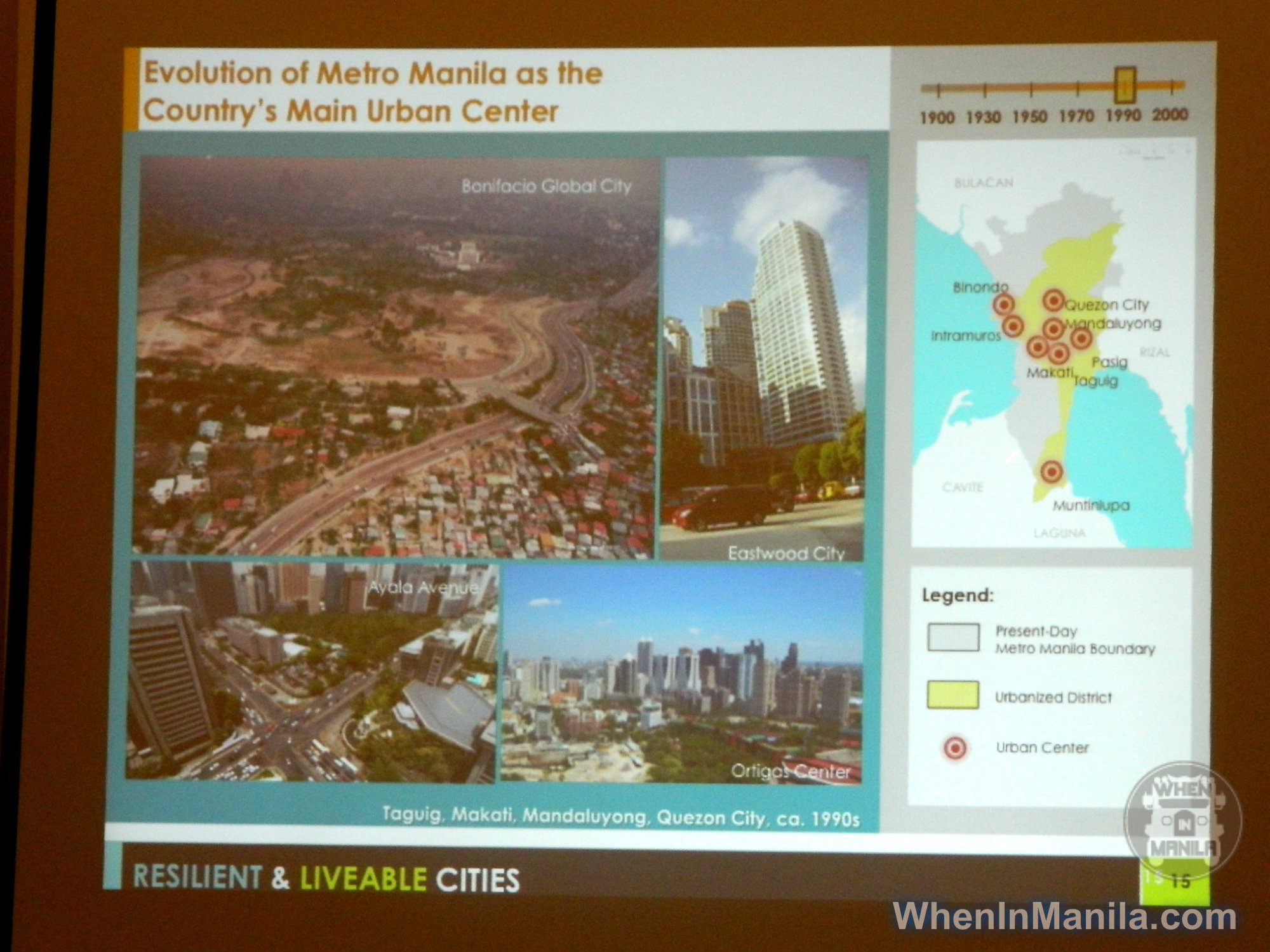
Taguig, Makati, Mandaluyong, Quezon City 1990s
Bonifacio Global City
BGC has been improved and developed by BCDA. The same agency also claims to bring in income to the Armed Forces of the Philippines. As we can see, today several condominiums, business offices, Foreign Embassies and Shopping malls are in BGC. And all the more famous St. Lukes Medical Center. There are also International Schools there which as mentioned in the forum, benefits the community, a few are: International School Manila, Summit School Philippines and the British School Manila.
BGC is also a very walkable city. In terms of sustainability, it’s a place where you can live, walk nearby to a restaurant, a shop and parks. It was also mentioned that they are trying their best to sustain the trees in the area. And all too well as a city for the artistic soul. There are several parks and art masterpieces scattered along its community.
Clark Green City (“The next BGC”)
Clark Air Base holds Clark Airport and is famous for the Hot Air Balloon Festival. As of today, the airport is the home of several Domestic and International Airline Companies.
But soon, the map below shows the master plan of what would soon be called “Clark Green City”. It has several district plans including Government District of 514 hectares, Central Business District of 2,690 hectares and Agri-Forestry Research and Development District of 3,135 hectares.
What more can you ask for? If you are someone looking for a place to live in several years from now, this is worth checking out. They are planning to open up the gates and let us in. In 2020 Clark Ecozone is also going to be perceived close to BGC-only with more trees, more art and an airport for International and Domestic flights.
Questions and opinions raised by the audience after the seminar:
- The projects seems to cater to the upper brackets of the society.
- These seems to be giving away the land supposed for soldiers.
- There should be more sidewalks and safer pedestrian crossings on the streets of Manila catered by the Government.
- There is traffic as a result of Urbanization and actually less environmental e.g Less trees.
- Environmental CSR of the Government should be increased in the country.
- More projects of managing, developing and establishing our resources not only in Manila but also to the other tourist spots in the country should be prioritized.
Note: The above questions were addressed by Mr. Casanova as per the limitations and the future plans of BCDA to adhere to the betterment of this issues. And was assured that as for the projects given to the agency, they do their best to in making sure that every project is to help with sustainability and resilience, which the forum is about. BCDA is one of the most transparent agencies as per my opinion and you can download some documents in their website.
So what do you think? For more information you can visit:
The Filipino Government that is BCDA
Asia Society Organization Members and Officers
https://www.asiasociety.org/philippines
@AsiaSocietyPH
Also Read about the other activities they had:
https://www.wheninmanila.com/asia-off-the-streets-food-festival/
and
https://www.wheninmanila.com/transparency-in-the-military/

